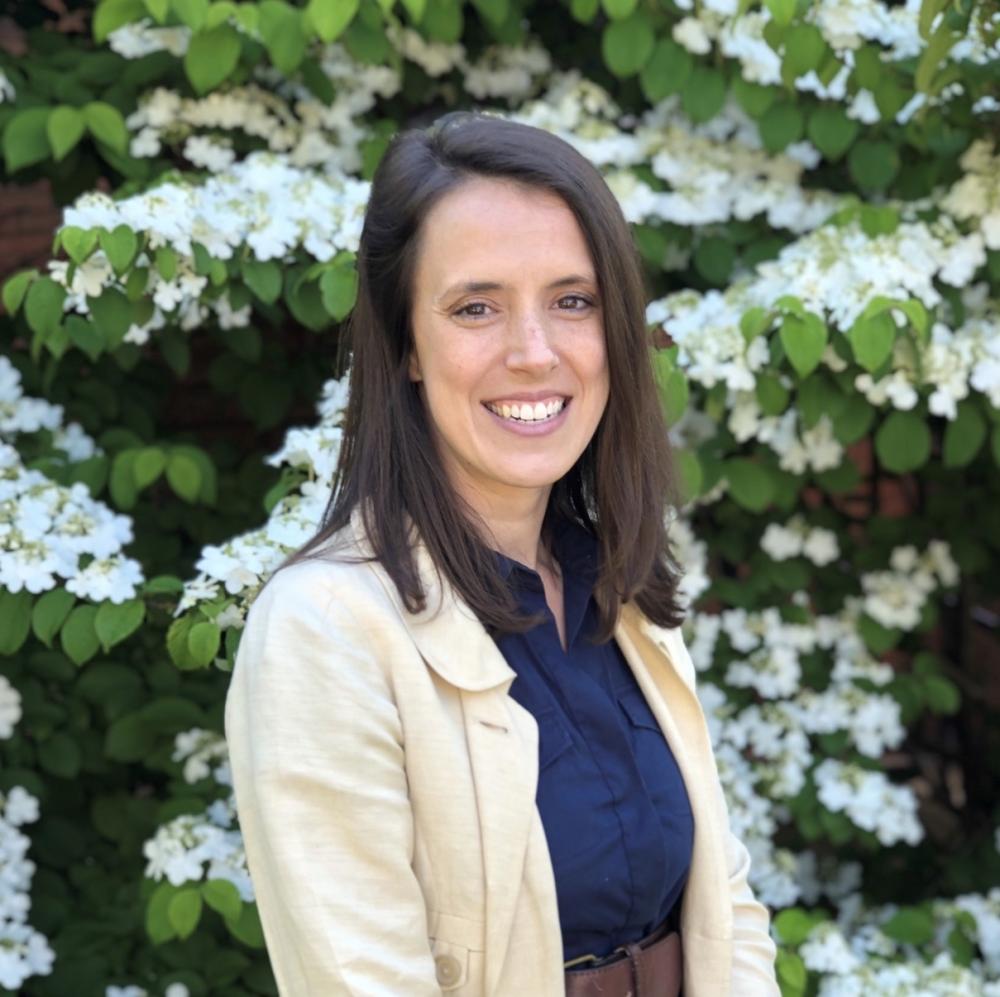
Intensified extreme weather events from climate change, including more frequent wildfires, are threatening native plants and ecosystems. Burned and damaged landscapes require restoration with native seeds, but according to a new report from the National Academies of Sciences, Engineering and Medicine, the U.S. is running out. Native plant communities are necessary for healthy, biodiverse ecosystems that support wildlife habitat and provide beneficial environmental services.
“We have never had enough seeds for restoration, and the demand is increasing," said Dr. Kayri Havens, a senior scientist and director of plant science and conservation at the Chicago Botanic Garden.
"As we see more and more natural disasters related to climate change — in particular wildfires in the west, as well as hurricanes and mudslides — the need for restoration continues to grow," continued Havens, who has a background in restoration ecology, conservation biology, and seed-sourcing for restoration. "Add that to the threats our native communities already faced from invasive species, pests and pathogens. A lot of our public land is degraded and would benefit from restoration.”
Why is the U.S. short on seeds, and why does it matter?
Seed economics is tricky. The demand for native seeds fluctuates each year, largely correlating with the number of wildfires the U.S. experienced. “How much seed you’ll need in a year is not predictable, and it may be five times more in bad wildfire years," Havens explained. "This episodic nature of restoration needs after natural disasters means that the demand for native seeds has never been clear and consistent. When we have a bad fire year and a big need for seed, there is not enough native seed — let alone native seed sourced regionally — to put down on the land after fire degrades it.”
However, there are ways to improve the native seed supply. Proactive restoration, or putting down native seeds before a land parcel is completely degraded, helps keep demand consistent. Federal agencies can also refuse to accept substitutions for regionally-sourced native species, which creates more of an incentive for seed suppliers to diversify their offerings, Havens said.
Federal agencies can help increase and stabilize the seed markets by proactively preparing for degradation. “Many of our public lands are considered multiple-use and are managed by multiple agencies," Havens told us. "In addition to being managed for conservation and recreation, they are also managed for extractive uses, including logging and oil and gas development. With extractive uses, we often see a need for restoration."
But activities like logging and mining aren't the only threat to biodiversity on U.S. public lands. "Even in areas that have not been impacted by extractive use, non-native species are constantly a problem," she continued. "Particularly in the western U.S., we are seeing cheap grass run rampant over federal lands. When the land is dominated by a non-native species, it is also ripe for restoration. There are hundreds of thousands of acres that fall into this category.”
The land restoration process is decentralized, and each managing agency makes seed requests as parcels of land become flagged for restoration — which can carry its own challenges. “As agencies make requests, seeds may or may not be available," she explained. "If the agencies accept substitutions, then they reduce the incentives for the seed industry to change what it offers.”
From the federal government down to individuals, everyone has a role in safeguarding native seeds
Havens acknowledged why seed producers may not be eager to diversify their offerings, as seed production is a financially risky line of work. “It’s a risk to develop a new species and takes many years," she said. "We are looking at contracts that share that risk. Can these agencies contract in advance for seeds and share some of the financial risk with the producers in case that seed fails? It’s something to consider.”
Further, proactively restoring federal lands can reduce market fluctuations and uncertainties. “We think the buying power of the federal government can affect needed change,” Havens told us.
While the report outlines 10 recommendations for the federal government to create a more robust, secure seed industry, there are measures that individuals can also take. “The more people who are asking for native plants to use in any context, whether you are a land manager or a homeowner wanting to plant in your backyard, that demand will translate to a more robust supply of native seed."
Image credit: Joshua Lanzarini/Unsplash

Mary Riddle is the director of sustainability consulting services for Obata. As a former farmer and farm educator, she is passionate about regenerative agriculture and sustainable food systems. She is currently based in Florence, Italy.














